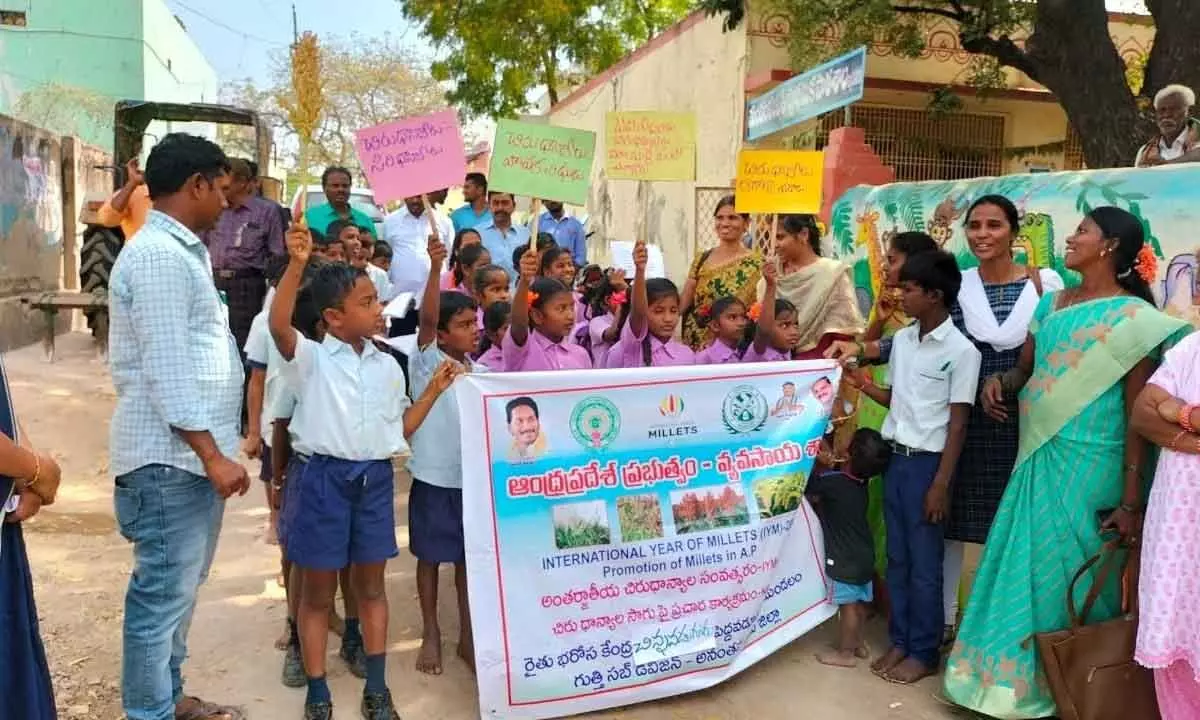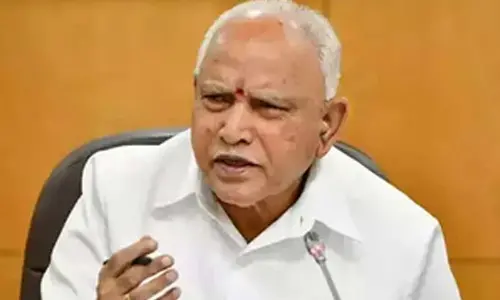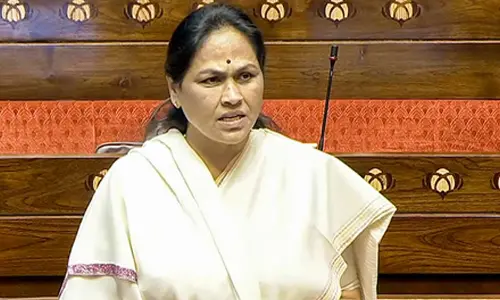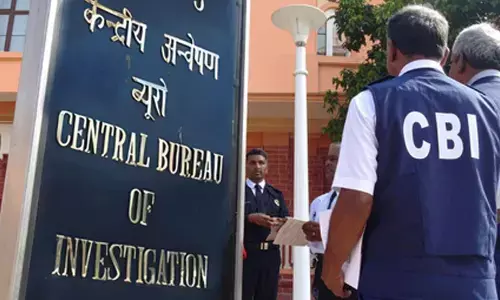Andhra Pradesh: Need to strengthen millet policies

Schoolchildren taking out a rally in Anantapur to create awareness among people on millets and also hailing the UN for declaring 2023 as the Year of Millets
Mere proclamation of 'International Year of Millets' won't suffice, feel experts
Anantapur-Puttaparthi: Millets are the only crop that will address important issues in the future like food, feed, fuel, malnutrition, health and Climate Change. Millets are adapted to a wide range of ecological conditions demanding less water and inputs and fit well even in the infertile soil.
Keeping such factors in view, the United Nations declared 2023 as the 'International Year of Millets'. The Central government swiftly reacted by sending advisories to states to take steps to boost the area of production but unfortunately it was not taken seriously and there has been no follow-up action to attract farmers. In the absence of MSP for millets, incentivising the setting up of millet-processing plants and adopting millet-based food in public schools and institutions, farmers are not showing much interest in cultivating the crop.
Millets, once a poor man's diet in villages and tribal areas four decades back, have now become only a rich man's domain. Due to scarce availability of millets in the market, the market forces inflated the prices making them costlier than Sona Masuri rice.
"In corporate malls, millet prices range from Rs 60 to Rs 80 per kg. How can a middleclass person like me purchase processed Ragulu or Korralu when their cost outwits even Masuri rice? Asks Raghavulu, a private school teacher.
In the undivided Anantapur district, the farmers producing Korralu and Ragulu were selling them at Rs 25 per kg but in retail market they are being sold at Rs 50 to Rs 60 per kg giving a new tag that they are organic millets.
The production of Jowar which was in 3 lakh hectares in 2010 dwindled to 1.90 lakh hectares in 2021-22 in the state.
Ragi which was in 1.10 lakh hectares came down to 70,000 in the on-going year. Similarly, Sajjalu came down to 75,000 from 1.17 lakh hectares in 2010. Korralu which was in an extent of 30,000 hectares in 2010 came down to 20,000 hectares.
All millets production put together reduced to 3.75 lakh hectares from 6 lakh hectares.
Production of all millets registered a fall by 35 percent in a decade.
Vijay, a progressive farmer from Garladinne in the district, told Hans India that unless a demand is created by government patronage, increase in cultivation or expanding millets area is impossible.
To make millets purchase affordable, mere declaration of the 'special year' does not suffice.
A demand has to be created followed up by area and production expansion and further followed by setting up of millet-processing plants, experts say.
According to Joint director of Horticulture Chandra Naik, Agriculture Commissionerate recommended to the government to announce MSP for millets and supply of millets through PDS. These proposals are still under consideration.
Rayalaseema districts where millets ruled the roost before 1983 transitioned to rice diet with the introduction of subsidised rice scheme at Rs 2 per kilo, sending millets to backburner. Even tribal belt of Visakhapatnam to West Godavari where Ragulu was the principle diet adopted rice bringing a sea change in food habits for the worst.
The millets sorghum, finger millet, Barnyard millet, Sojjalu, Ragulu and Samalu millets when processed and polished is sold at double the price in the market.
The millet crops are a 70-day crops. Farmers can raise five crops in a year.










